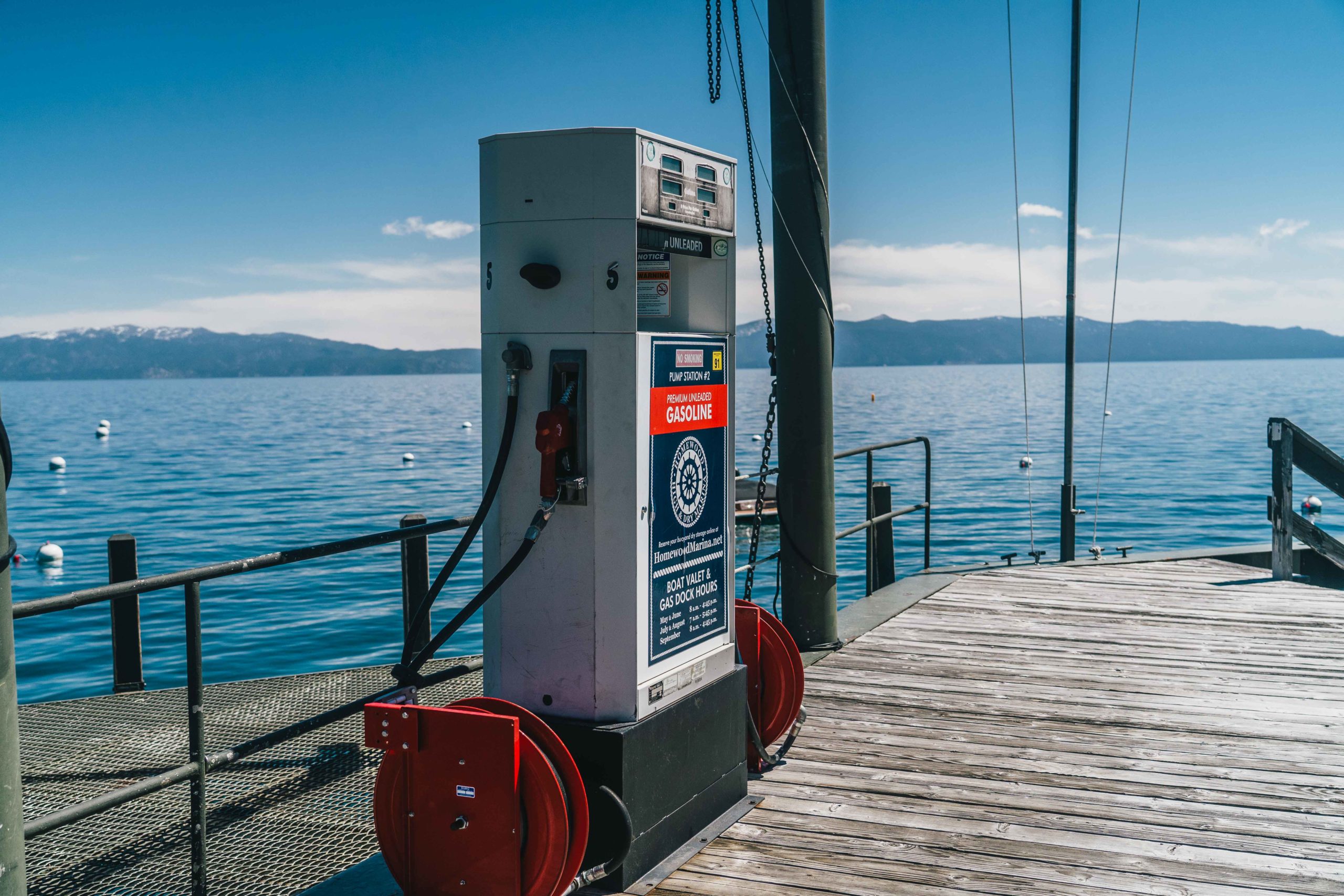Do Fuel Additives Work?

What is more important than saving money and avoiding the trips to fuel up your vessel? Here are some tips that might help you save in the long run while still enjoying your time on the water.
FUEL ADDITIVES
Many of the fuel docks that you visit likely offer the same gasoline you would get for your car at a gas station. Using gasoline with the right fuel additive to keep your boat's engine free of gunk is an important way to maximize your boat engine's fuel efficiency and reduce your engine's fuel consumption.
For example, ValvTect offers boaters specially formulated fuel already containing the correct additives and is available at hundreds of fuel docks nationwide, or you can buy the additives at West Marine stores or other marine suppliers.
By using ValvTect's Marine fuel, your boat's engine is getting up to four times more detergent than virtually any brand of automotive gasoline to clean up fuel economy-robbing deposits. Another product, Dieselfusion, helps stabilize fuel and increase efficiency by up to 18 percent, depending on the engine usage and configuration, and reduces soot by up to 80 percent.
DID YOU KNOW
Carbon deposits (gunk) reduce engine efficiency and performance and increase fuel consumption. Your boat's engine(s) can burn up to 20 times more fuel per hour than your car or truck.

FUEL COMPUTER
All boat owners on the water today want to squeeze more miles from a gallon of fuel. In addition to additives, there is a proven system that accomplishes that goal electronically FloScan Fuel Computers.
FloScan has been designing and manufacturing systems for marine applications for over 40 years, and they have an unmatched reputation for accuracy and reliability, whether your boat runs on gasoline or diesel, is an outboard, inboard or stern drive.
The heart of the system is FloScan's failsafe in-line turbine fuel flow sensor, which accurately provides real-time fuel consumption data.
The data is routed to a standalone gauge package or through FloScan's FloNET digital module that links to the vessel's chart plotter where it will provide a readout for gallons- per- hour, miles- per- gallon, and track how many gallons of fuel have been burned since the last refueling.
When you know your boat's real-time MPG, you can determine the combination of engine RPM and speed that achieves optimum fuel economy. This elusive figure is the key to operating your vessel in the most fuel-efficient manner.
DID YOU KNOW
FloScan users report significant reductions in fuel consumption, often running at higher cruising speeds than they did before the system was installed. Savings can range from 5 percent to 20 percent, depending on vessel hull design, engine and drive system.
DIESEL FUEL POLISHING
Water, bacteria, sludge and dirt contaminate diesel every step of the way from the time it leaves the refinery to the time it sits in your boat's fuel tank. To avoid problems while underway, start a preventative maintenance program for your diesel fuel before your boat ever leaves the dock for a fishing trip or a cruise.Use a full-spectrum fuel additive each time you top off, and polish your fuel regularly.

A top-of-the-line fuel additive, such as AFC-705 Fuel Catalyst, dissolves the filter-clogging residue caused by bacteria, adds lubricity to reduce injector wear and stabilizes the fuel.
Regularly scheduled fuel polishing removes water, dirt and sludge from your tank and restores the fuel to its optimal quality. A bulkheadmounted fuel polishing system is easy to install in your boat's engine room or engine compartment.
The fuel polishing system is plumbed into the diesel fuel tank's pickup and return lines and can operate on either 12V DC or 120V AC power. The fuel polishing system will perform dialysis for your diesel using a multistage filtration process that recirculates your fuel until it is clean and free of contaminants.
DID YOU KNOW
Algae does not grow in diesel fuel. Algae requires sunlight and air to grow, neither of which are found at the bottom of a fuel tank. What we call algae is actually a stew of bacteria, mold and asphaltenes, which clog fuel filters.
Only a small amount of the fuel flowing to a diesel engine is used by the injectors, the rest is returned to the tank and recirculated and reused. This returned fuel is very warm, and the heat contributes to the growth of bacteria and mold at the bottom of the tank where fuel and residual water interface. Fuel polishing once or twice a month eliminates those contaminants.

CLEAN, SMOOTH, AND PAINT THE BOTTOM
Make sure that any protuberances in the hull bottom are smoothed and do not interrupt the water flow. Smoothing bottom paint fore and aft saves fuel and money.
PROPELLERS
Make sure that your propellers are perfectly balanced and free of barnacles and other cling-ons. Check too that all shaft bearings are properly aligned and not worn out. Minimizing vibration and wear makes for a more efficient power train and saves you money.
CHECK YOUR ENGINE(S)
Make sure air and oil filters are clean, transmission and is changed and clean, and that items such as injectors are tuned properly (black smoke coming from your exhaust system usually indicates injectors that need to be cleaned).
USE A FUEL ADDITIVE
Dissolves the filter-clogging residue caused by bacteria, adds lubricity to reduce injector wear and stabilizes the fuel.
Install a Fuel Computer
Can help you electronically monitor fuel efficiency.
Use Diesel Fuel Polishing
Will clean your fuel, tank walls and baffles so they are free of all organic and inorganic contaminants and water.